NO2/NO3-Test Freshwater / Saltwater
Nitrite/Nitrate Test
Features:
For determining the nitrite and nitrate concentration
Nitrite (NO2–) and nitrate ions (NO3–) are formed from ammonium (NH4+) as part of the nitrification process. Nitrite, which is highly poisonous to freshwater species, is produced in the first stage of the bacterial process. If the nitrification process works, nitrite is converted to nitrate in the second stage. Higher concentrations of nitrate in saltwater aquariums will end up inhibiting the growth of delicate corals. A danger posed by high nitrate content for all aquariums is the strong boost it provides to algae growth. In rare cases, nitrate shortages can also occur. Therefore, the concentrations of nitrite and nitrate in the aquarium water should be tested regularly.
As a general rule, the nitrite concentration should be less than 0.2 mg/l (ppm) in all aquariums wherever possible. The nitrate concentration should not exceed 20 mg/l (ppm) in saltwater aquariums. When nurturing hard corals, the aim is to keep the nitrate concentration below 10 mg/l (ppm). It is advisable to keep the nitrate concentration in freshwater aquariums below 50 mg/l (ppm). Lower limits for nitrate depend on the general conditions in the aquarium.
With the Tropic Marin® Nitrite/Nitrate-Test the nitrite and nitrate concentrations can be determined using a finely-tuned colour chart which has a range of concentrations for nitrite of between 0 – 2 ppm and for nitrate of between 0 – 50 ppm.
Benefits:
| • | Measurement range: NO2 0 – 2,0 mg/l (ppm) |
| • | Measurement range: NO3 0,5 – 50 mg/l (ppm) |
| • | Accuracy: NO2 0.02 mg/l |
| • | Accuracy: NO3 0.5 mg/l |
| • | For determining the nitrite/nitrate concentration in aquaria |
| • | Sufficient for approximately 50 applications |
How to use:
Determining the nitrite level:
| 1. | Shake the dropper bottles before use! |
| 2. | Rinse out the glass cuvette with tap water and then several times with aquarium water. |
| 3. | Fill the glass cuvette with exactly 5 ml of aquarium water using the dosing syringe. |
| 4. | Add 5 drops of test reagent A, close the glass cuvette using the stopper and briefly shake the solution. |
| 5. | Add 2 drops of test reagent C, close the glass cuvette once again and briefly shake it. |
| 6. | After 3 minutes of development time, place the glass cuvette on the white circles of the nitrite colour card and compare it to the opposing colour fields by daylight conditions. To do this, look into the open cuvette from above. Move the sample on the colour card until the cuvette and the colour field match exactly. If the colours do not match exactly, an intermediate value can be estimated. |
| 7. | Read off the measured nitrite value under the relevant colour field. |
Determining the nitrate level:
| 1. | Shake the dropper bottles before use! |
| 2. | Rinse out the glass cuvette with tap water and then several times with aquarium water. |
| 3. | Fill the glass cuvette with exactly 5 ml of aquarium water using the dosing syringe. |
| 4. | Add 10 drops of test reagent A, close the glass cuvette using the stopper and briefly shake the solution. |
| 5. | Shake the bottle with test reagent B vigorously in a horizontal direction for approx. 30 seconds (the reagent must be wellshaken). Then add 10 drops of test reagent B, close the cuvette again, shake it briefly and set it aside. |
| 6. | After 3 minutes of development time, add 4 drops of test reagent C, close the glass cuvette once again and briefly shake it. |
| 7. | After another 3 minutes of development time, open the test cuvette and place it on the white circles of the nitrate colour card and compare it to the opposing colour fields by daylight conditions. To do this, look into the open cuvette from above. Move the sample on the colour card until the cuvette and the colour field match exactly. If the colours do not match exactly, an intermediate value can be estimated. |
| 8. | Read off the measured nitrate value under the relevant colour field. Correct the result if necessary. |
| 9. | Rinse out the glass cuvette and the syringe thoroughly with tap water after the measurement process. |
Note
Nitrite concentrations affect the nitrate measurement. Therefore, the nitrite concentration should also be measured and, if required, the nitrate results should be corrected in relation to the table before carrying out the nitrate measurement. High nitrite levels are usually found in tanks that are in their maturation phase or in tanks with nitrate filters.
How to correct unfavourable values
If the nitrite and/or nitrate concentration in the water is too high, we recommend:
| • | Assessing and, where necessary, reducing the feeding quantities or enriching the food with Tropic Marin® LIPOVIT / LIPO-GARLIC; |
| • | Assessing and, where necessary, regulating the stocking rate; |
| • | Exchanging a proportion of the water on a regular basis; |
| • | Using Tropic Marin® NP-BACTO-BALANCE and / or NP-BACTO-PELLETS to reduce the nutritional level over the medium term. |
Shelf life and storage 6 months after opening. Store in a cool, dark place.
Item |
Art-N° |
| NO2/NO3 -Test | 28260 |
| Refill Pack | 28780 |
Icons meaning
Documents
Lorem ipsum dolor sit amet, consectetur adipisicing elit. Ab blanditiis commodi earum error exercitationem fuga harum, id illo itaque labore minima molestiae molestias praesentium quasi quidem quisquam ratione repellendus velit.
Documents
Lorem ipsum dolor sit amet, consectetur adipisicing elit. Ab blanditiis commodi earum error exercitationem fuga harum, id illo itaque labore minima molestiae molestias praesentium quasi quidem quisquam ratione repellendus velit.
Documents
Lorem ipsum dolor sit amet, consectetur adipisicing elit. Ab blanditiis commodi earum error exercitationem fuga harum, id illo itaque labore minima molestiae molestias praesentium quasi quidem quisquam ratione repellendus velit.
| Home popular | No |
|---|---|
| Featured Products | No |
| Sale | No |
| New | No |
| Exclude from downloadable lists | No |
| Product Needs to appear in the sale widget | No |
| Child has discount | 0 |
| Brand | Tropic Marin |
| Species type | NO2/NO3-Test Freshwater / Saltwater |


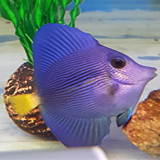 Tank Bred
Tank Bred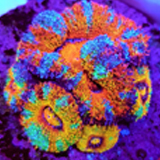 Cultured corals
Cultured corals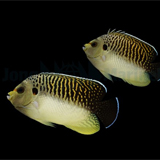 Marine Fish
Marine Fish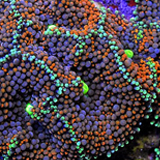 Soft Corals
Soft Corals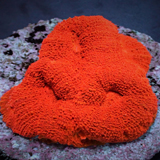 LPS Corals
LPS Corals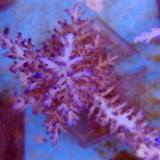 SPS Corals
SPS Corals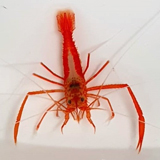 Inverts
Inverts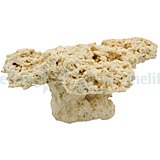 Rocks
Rocks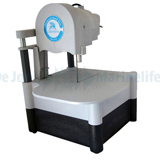 Products
Products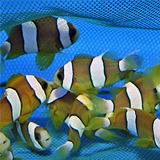 New arrivals
New arrivals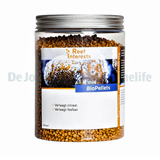 Outlet
Outlet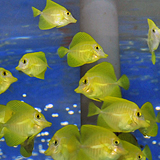 Special offer
Special offer